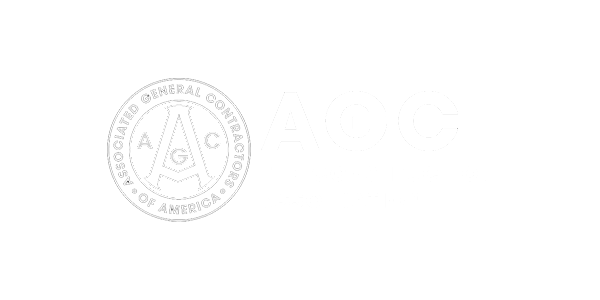Construction Change Orders Vs Change Directives: What's the difference?
According to feedback from general contractors, a shortage of labor and materials continues to be a challenge for the construction industry and the biggest reason for project delays. Change Orders are another growing problem for general contractors. The expectation of change order submissions is expected to rise even higher in 2024, according to the recent GCPay market study. Understanding the differences between construction change orders and construction change directives can help lead to better overall project management.
A construction change order is a document that outlines changes to a construction project’s scope, budget, or schedule. It is used to document any modifications or additions that may arise during the construction process. A change order typically includes details such as the reason for the change, a description of the modifications, any cost or schedule implications, and the approval signatures of the involved parties. Change orders are important for keeping track of project changes and ensuring that everyone is on the same page.
A construction change directive (CCD) is a command given to a contractor to change their work on a construction project without allowing for any input from the contractor. It is essentially an order that the contractor must follow, and it is also known as “force account work”. CCDs are typically employed when there is an urgent need for a change but time does not allow for a formal change order process. These directives authorize changes in the project scope, schedule, or other contract terms and are issued by the owner or client to the contractor.
In construction projects, both construction change orders and change directives serve as methods to authorize changes. However, they differ significantly in their formality, process, and finality:
Construction Change order key features:
- A formal written document that meticulously records changes to project scope, cost or schedule.
- Typically utilized for significant changes necessitating adjustments to the original contract, such as adding or deleting work, altering materials or modifying specifications.
- Requires negotiation and agreement among involved parties, including the owner, contractor and subcontractors.
- Once approved and signed by all parties, a change order becomes a legally binding amendment to the contract.

Change Directive key features:
- A less formal written directive authorizing a change without immediate finalization of the cost or schedule impact.
- Commonly employed in urgent situations where a quick change implementation is necessary or when change details are still being clarified.
- Provides an interim solution, allowing work to proceed while parties further negotiate and finalize details in a subsequent change order.
- Often used to address urgent matters like unforeseen site conditions or safety concerns that cannot wait for a formal change order process.
It’s important to note the differences between change orders and construction change directives. Change orders typically involve negotiated changes to the contract, while construction change directives are more immediate and directive in nature.
In summary, a construction change order is a formal amendment to the contract that alters the scope, cost, or schedule of a project, while a change directive is an interim directive that authorizes a change before the details are fully agreed upon. Both play important roles in managing changes during a construction project, but they are used in different situations and have different levels of formality and finality.
GCPay offers an all-in-one payment application solution that integrates with construction ERPs to automate all subcontractor management processes. Streamline pay app, change order, payment, compliance, and waiver processes. Book a free custom demo today to learn how GCPay can help your business.
Ready to learn what GCPay can do for you?








